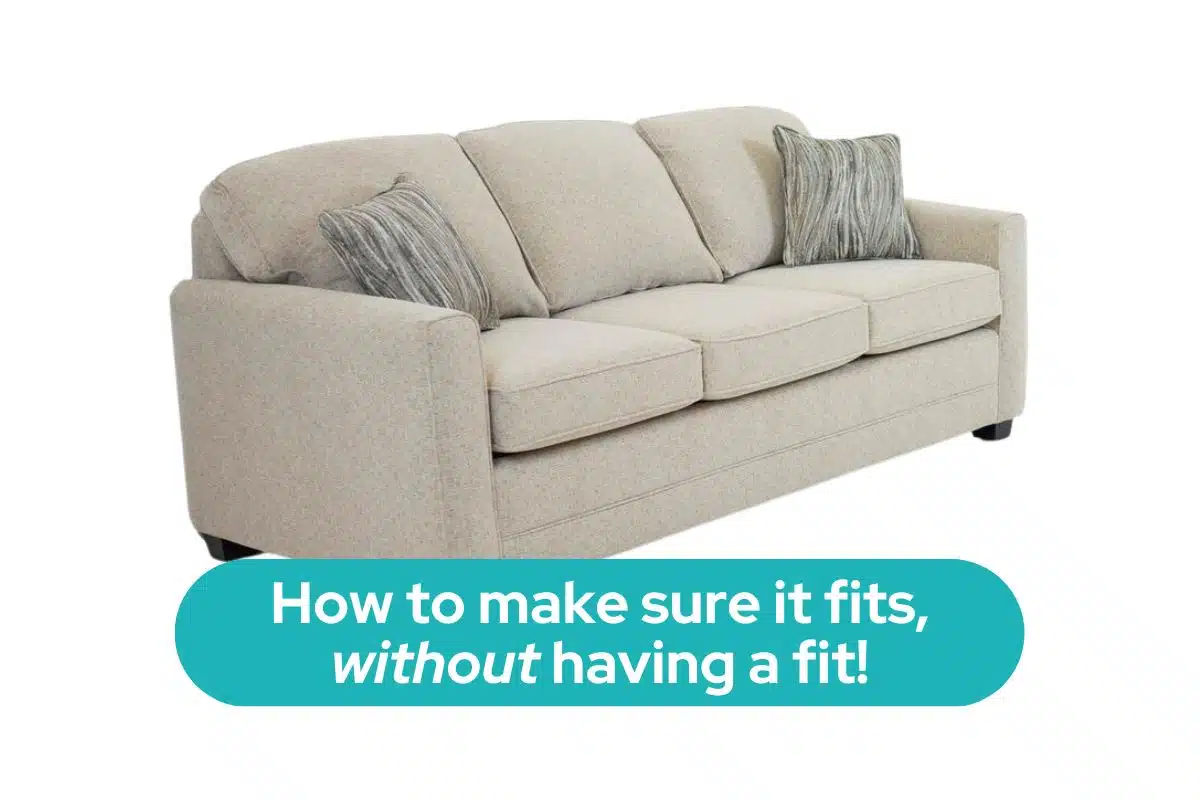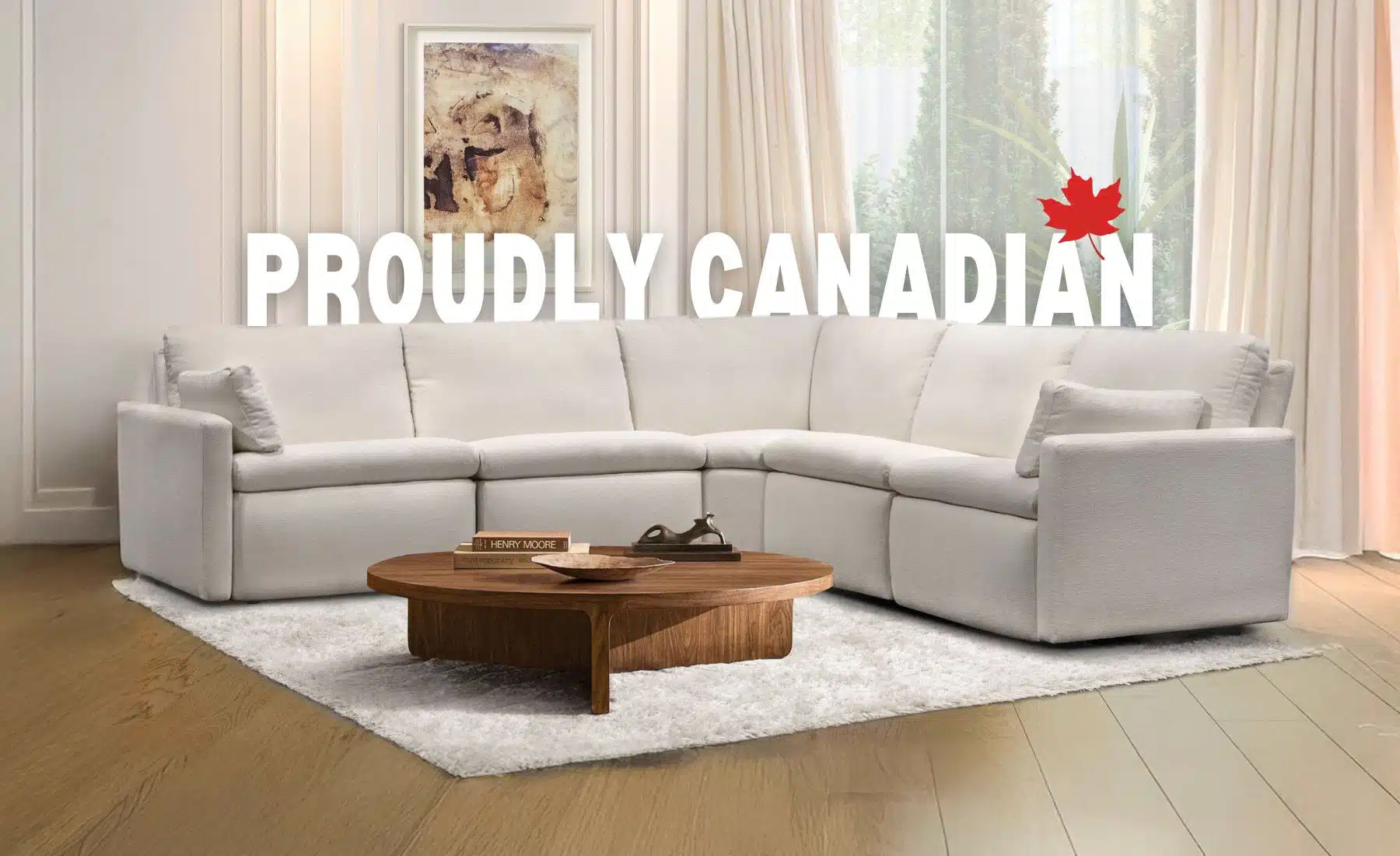THINKING ABOUT BUYING LEATHER?
The Chesterfield Shop has been in business since 1948 (close to 70 years) and serving multiple generations of Torontonians in the GTA with 6 convenient locations!
Come in and speak to one of our expert associates who will help you determine what kind of leather furniture is perfect for your particular lifestyle- you will be educated about lightly protected, medium protected, and heavily protected leather – and how it ages beautifully - and will enhance your room for years.
The Chesterfield Shop is “your leather and fabric super store and more …”
Quality leather, an important distinction, is durable, comes in a variety of styles, colours and strengths. Leather remains popular and highly desired - choose correctly and this leather piece will provide maximum comfort and will improve with age, so you’ll continue to enjoy it for years to come.
Let’s talk about types of leathers and their different uses. Here’s some Leather 101 from Palliser:
NATURAL (FULL) LEATHER GRAIN The top of the top-grain selection is uncorrected or natural, full grain leather. These premium hides are the real deal – fully authentic because they retain all the natural textures and markings of the cowhide, with no imperfections changed or corrected. Only five percent of all upholstery hides rank in this elite status.
Full grain leathers are coloured with clear (aniline) or semi-clear (semi-aniline) dyes to highlight, rather than cover, their natural grain and markings. But with little or no opaque pigment in these dyes, each individual cell on the hide will absorb colour in its own way. Similar to the colour variation that occurs when a wood grain is stained, full grained leathers are fully unique, emphasizing leather’s natural, one-of-a-kind quality.
Most top grain leather is partly or fully corrected. These hides retain the quality, thickness, strength and supple feel of their top grain, but arrive at tanneries with too many unwanted blemishes. Some hides are gently buffed to even out the grain; others are sanded to remove unwanted markings and then embossed with a uniform grain pattern.
Many levels of corrected leathers exist, from slightly to heavily altered, depending on the original condition of the hide. Partly corrected hides look and feel more natural than fully corrected hides. And like full grain leather, their more natural graining, which is often not uniform in appearance, can make them costlier.
Partly corrected hides can be coloured with semi-clear (semi-aniline) dyes. But fully corrected hides are dyed with opaque pigments to help cover any unwanted natural markings.
Split leather is always fully corrected and dyed with opaque pigments. As the bottom layer of a hide that’s been spliced, split leathers lack the natural graining of top grain leather, so they benefit from grain embossing and solid colour pigments. Split leathers are usually applied to the outside arms and back of leather furniture as a complement to top grain leathers which are located on the seats, inside backs and arms – basically everywhere your body touches.
Leather correction doesn’t affect leather’s durability in any way. Though natural grains are altered for greater uniformity, corrected leathers are extremely durable and can be more suitable to active lifestyles than uncorrected, full grain leathers.
Things to think about:
- Dust doesn’t get absorbed (no dust mites); a lightly dampened cloth will easily keep your furniture dust-free.
- Nice to have: zipper seat cushions and backs, for easy refilling, if required after many years of wear and tear.
- Leather adjusts to your body temperature in less than 15 seconds, “cold leather” is a true misconception.
- Keep in mind your lifestyle to properly determine which leather type to buy – a busier, heavily used room will do better with a little heavier finish and protected leather.
- When comparing the price of fabric verses leather, keep in mind that a leather piece of furniture will likely last three to four times longer than a fabric sofa.
- Always be sure you are getting leather and not a ‘faux’ leather - which is really a fabric (bonded leather is not leather).



